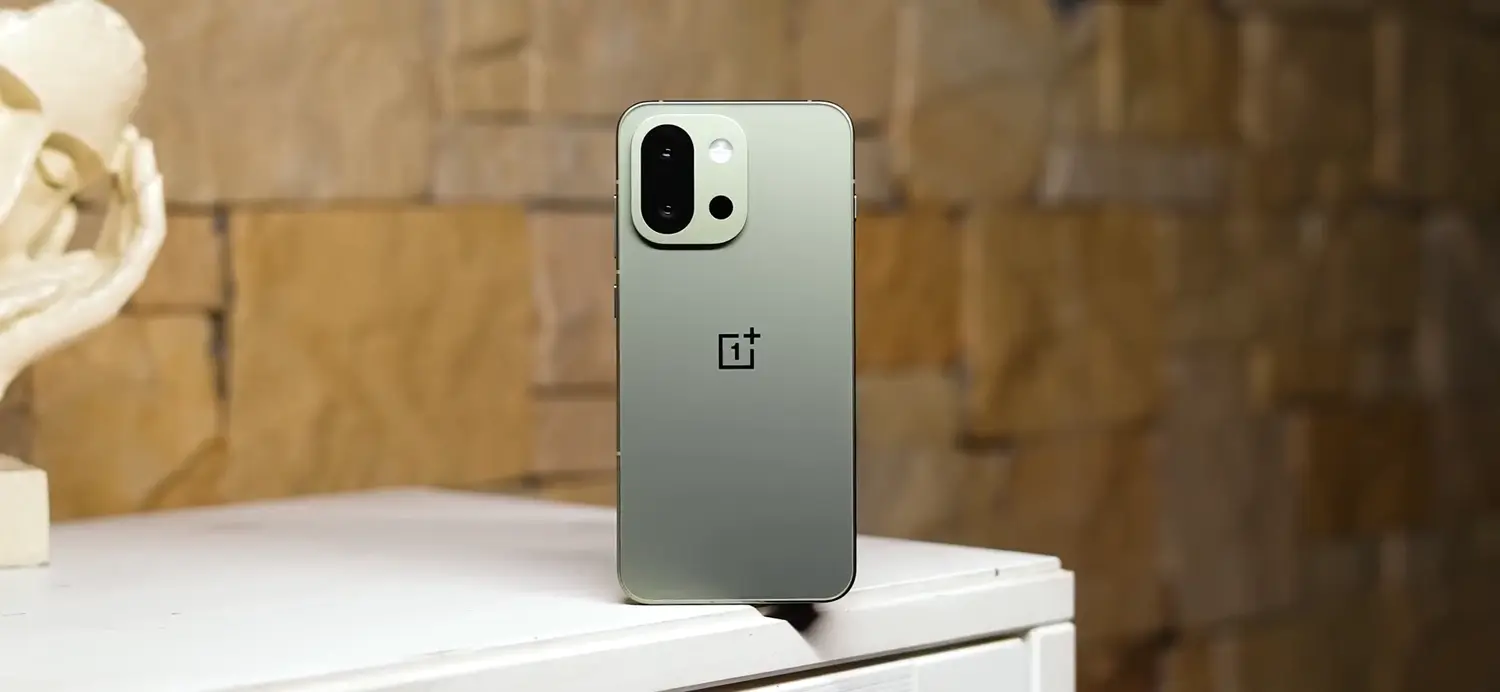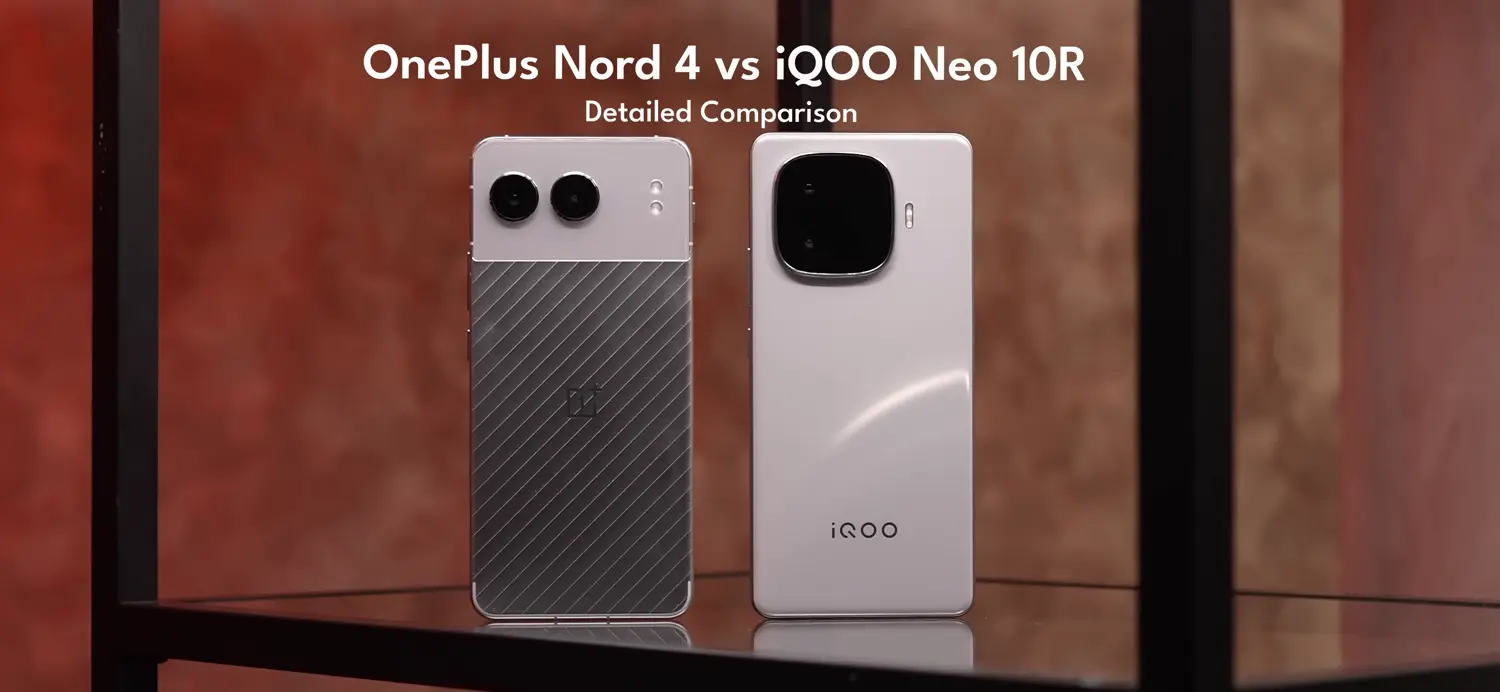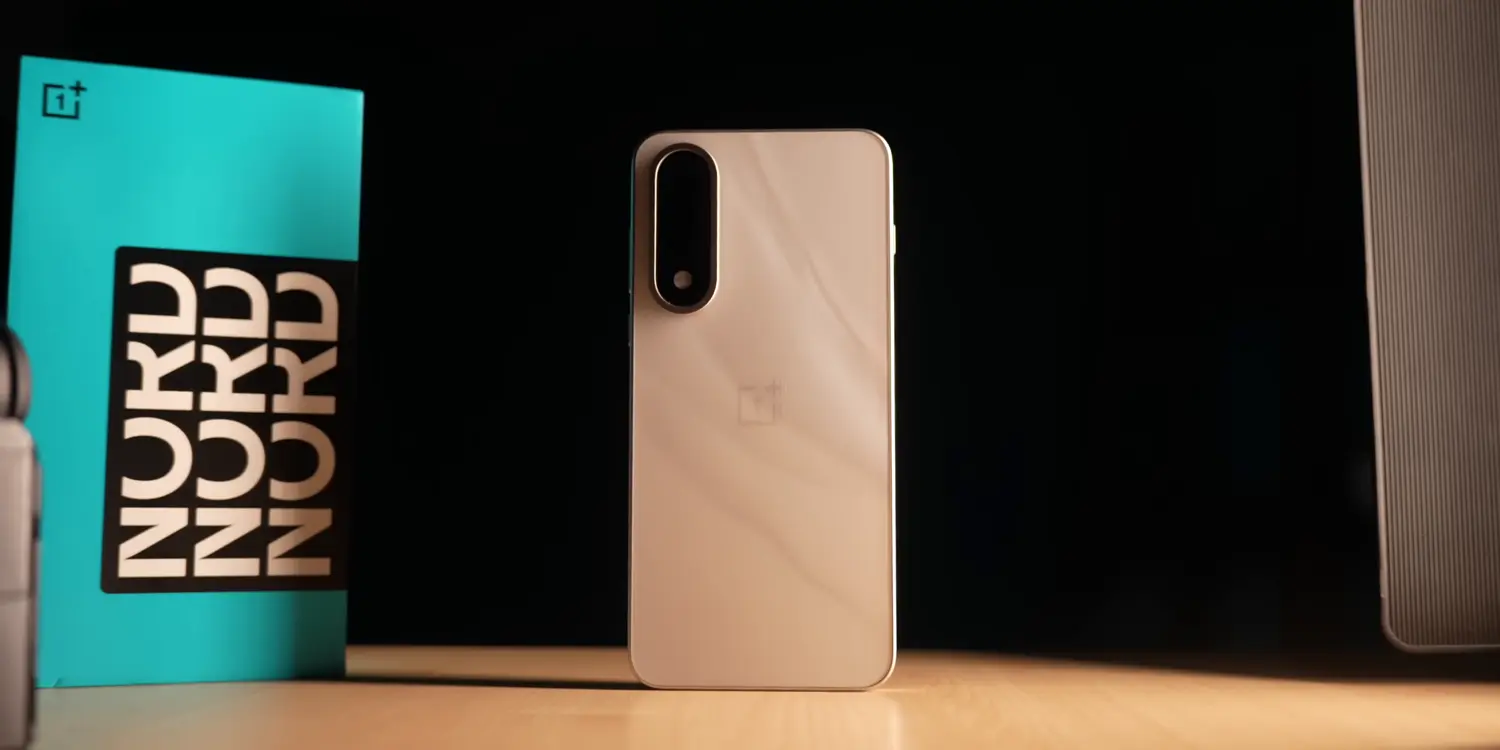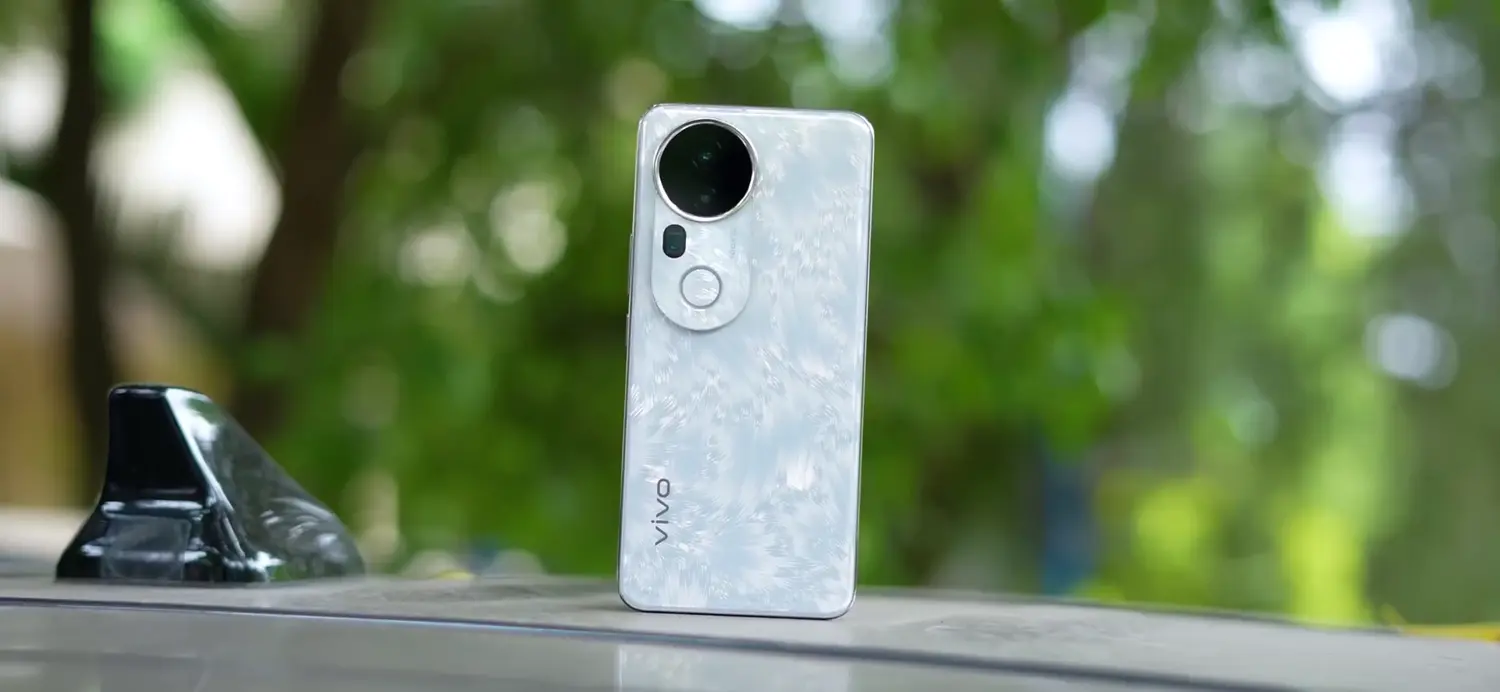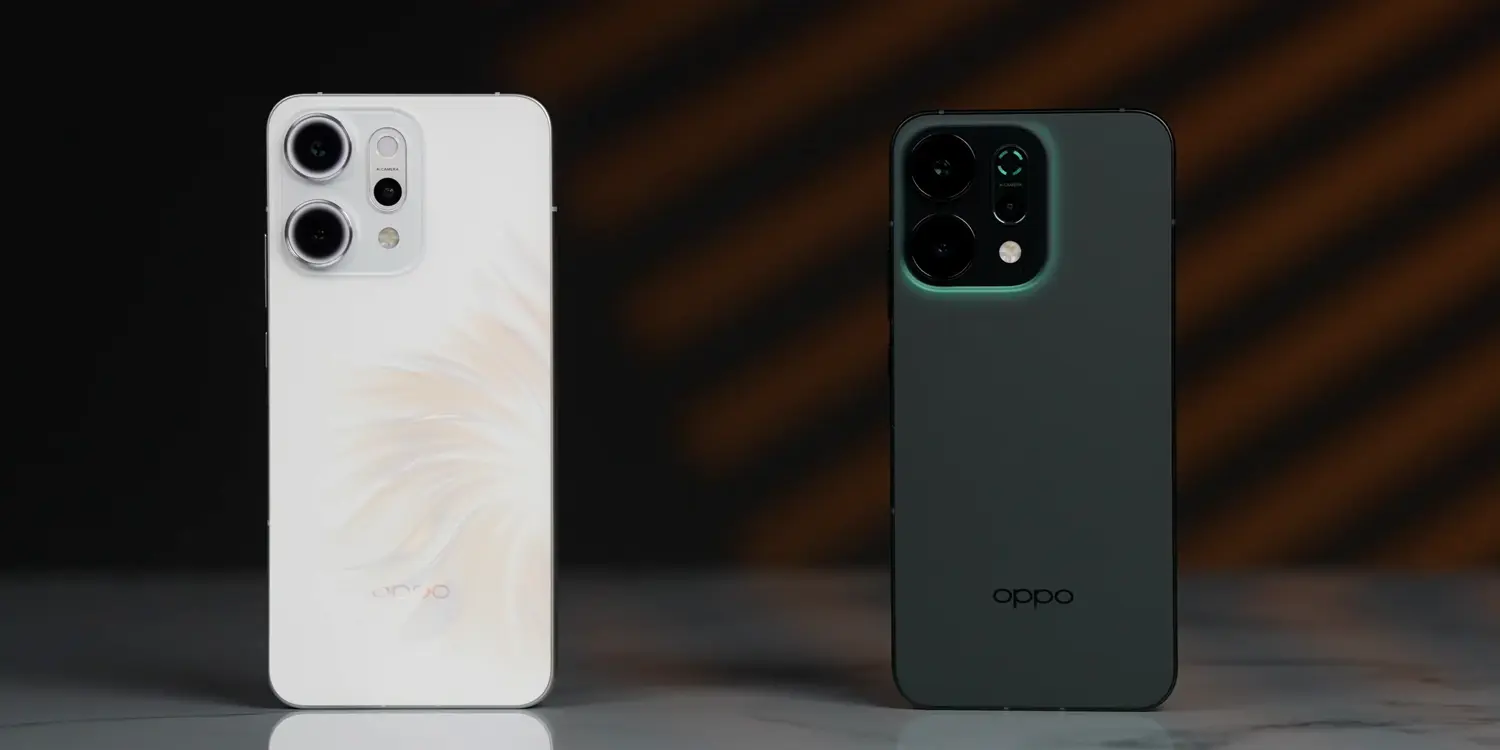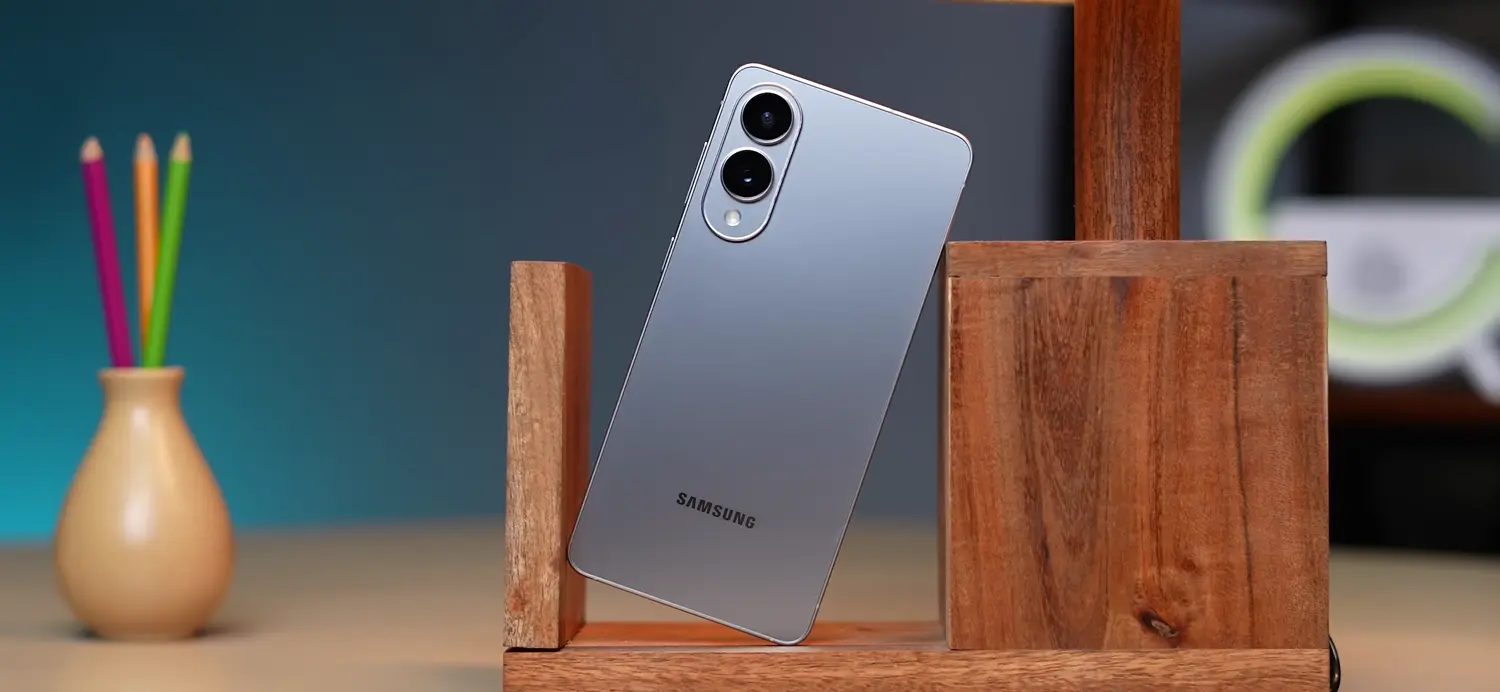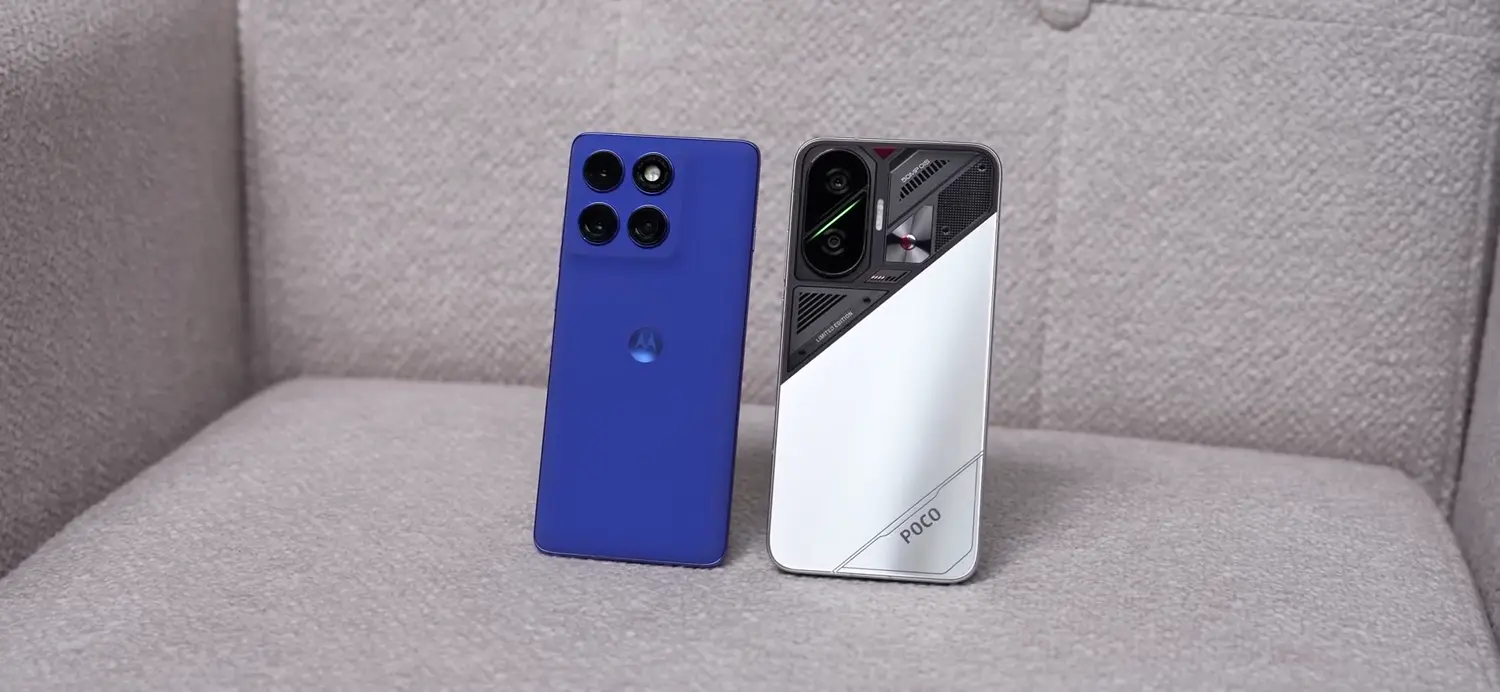The OnePlus 13s has created quite a buzz in the smartphone market, where compact phones are making a strong comeback. With its sleek design, powerful performance, and competitive pricing, the OnePlus 13s aims to cater to users who want a premium experience in a smaller form factor. Priced around ₹50,000, it slots between the OnePlus 13R and the flagship OnePlus 13, offering a balance of affordability and high-end features. But does it live up to the hype? Is it worth buying in 2025? In this detailed review, we’ll dive into its design, display, performance, battery life, software, cameras, and more to help you decide if the OnePlus 13s is the right phone for you.
Design and Build: Premium and Pocket-Friendly
The OnePlus 13s stands out with its compact and premium design, measuring just 150.8 x 71.7 x 8.2 mm and weighing 185.7 grams. While it’s slightly heavier than some compact phones (typically under 180 grams), the weight feels justified thanks to its robust build and large battery. The phone features a glass-metal sandwich design with Gorilla Glass 7i on the front and a velvet-finish glass back, available in three stunning color options: Black Velvet, Pink Satin, and Green Silk (the latter exclusive to India). The velvet finish not only looks elegant but also feels great in hand, resisting fingerprints and smudges better than standard glass backs.
The flat aluminum frame and rounded corners give it a premium, almost iPhone-like in-hand feel, which is a big plus for one-handed use. The 50:50 weight distribution ensures it feels balanced, making it comfortable for prolonged use. However, there are a couple of compromises. The phone carries an IP65 rating for dust and water resistance, which is decent but falls short of the IP68 or IP69 ratings found on other flagships in this price range. Additionally, the absence of the iconic OnePlus alert slider is a letdown for long-time fans. Instead, it’s replaced by a customizable Plus Key, which we’ll discuss later.
Overall, the design of the OnePlus 13s is a highlight. It’s sturdy, stylish, and perfectly sized for those who prefer compact phones without sacrificing a premium look and feel. If you’re tired of bulky flagships, the 13s feels like a breath of fresh air.
Display: Compact Yet Stunning
The OnePlus 13s sports a 6.32-inch 1.5K LTPO AMOLED display with a resolution of 2640 x 1216 pixels and a pixel density of 460 PPI. While 6.3 inches might not sound “compact” by older standards, it’s significantly smaller than the 6.8-inch displays common in modern flagships. The LTPO panel dynamically adjusts the refresh rate from 1Hz to 120Hz, ensuring smooth scrolling and animations while optimizing battery life. With a peak brightness of 1600 nits (800 nits typical), the display is vibrant and easily readable even under direct sunlight.
The screen supports HDR10+, Dolby Vision, and a 10-bit color depth, making it a treat for multimedia enthusiasts. Whether you’re streaming Netflix, watching YouTube, or gaming, the colors are vivid, and the contrast is excellent. Features like Aqua Touch 2.0 allow the display to function flawlessly with wet fingers, and the new Glove Mode is a thoughtful addition for users in extreme conditions. The 2160Hz PWM dimming ensures a flicker-free experience in low-light settings, reducing eye strain.
One minor drawback is the FHD+ resolution, which is slightly lower than the QHD+ displays on pricier flagships like the OnePlus 13. However, for a compact phone, the display is sharp and immersive, and most users won’t notice the difference in everyday use. The stereo speakers complement the display, delivering rich and detailed sound, perfect for movies and games. Overall, the OnePlus 13s offers a flagship-grade multimedia experience in a compact package.
Performance: Flagship Power in a Small Body
Powered by Qualcomm’s Snapdragon 8 Elite chipset, the OnePlus 13s delivers top-tier performance that rivals the OnePlus 13. Built on a 3nm process, the chip features an Octa-core CPU (2×4.32 GHz Oryon V2 Phoenix L + 6×3.53 GHz Oryon V2 Phoenix M) and an Adreno 830 GPU, ensuring smooth multitasking, gaming, and app performance. The phone comes in two variants: 12GB LPDDR5X RAM with 256GB UFS 4.0 storage and 12GB RAM with 512GB storage, offering ample space and speed for most users.
In real-world usage, the OnePlus 13s is blazing fast. Apps open instantly, multitasking is seamless, and even demanding games like BGMI and Genshin Impact run smoothly. The phone supports up to 90FPS in BGMI, with OnePlus claiming 120FPS support for select titles. In our testing, Genshin Impact delivered a consistent 60.1FPS, which is impressive for a compact device. The 4400mm² vapor cooling chamber keeps thermals in check, with temperatures reaching 40-42°C during heavy gaming but cooling down quickly.
Benchmark scores are slightly lower than the OnePlus 13, with AnTuTu scores around 2.4-2.5 million compared to the 2.7-2.8 million of its bigger sibling. This is likely due to conservative optimization for better battery efficiency, but it doesn’t impact real-world performance. Connectivity is top-notch, with support for Wi-Fi 7, Bluetooth 6.0, 5.5G bands, NFC, and an IR blaster. The phone also supports eSIM and dual nano-SIM slots, adding flexibility for travelers.
The only minor gripe is the optical fingerprint sensor, which is placed a bit low on the screen, requiring a slight stretch to reach. It’s fast and reliable, but an ultrasonic sensor would have been a better choice for a phone in this price range. Face unlock is also available and works well in most conditions. Overall, the OnePlus 13s offers flagship-level performance that makes it a great choice for power users who prefer a compact form factor.
Battery Life: A Compact Phone That Lasts
One of the standout features of the OnePlus 13s is its 5850mAh battery, which is remarkable for a compact phone. While the Chinese variant (OnePlus 13T) had a slightly larger 6260mAh battery, the Indian model’s capacity is still impressive, addressing one of the biggest pain points of compact phones: battery life. In moderate usage, the 13s easily lasts 6-7 hours of screen-on time, and with careful management, it can stretch to a day and a half. Even heavy users should get through a full day without needing a recharge.
The phone supports 80W wired charging, which can take it from 0-100% in about 45 minutes under optimal conditions. However, charging speed can vary depending on temperature, sometimes taking over an hour in hotter environments. Unfortunately, wireless charging is absent, which is a significant omission for a phone priced around ₹50,000. For users who rely on wireless chargers, this could be a dealbreaker.
The battery efficiency, combined with the LTPO display and optimized Snapdragon 8 Elite chipset, makes the OnePlus 13s one of the best compact phones for battery life in 2025. It eliminates the “battery anxiety” often associated with smaller devices, making it a reliable companion for daily use.
Software: OxygenOS 15 Shines with AI Smarts
The OnePlus 13s runs OxygenOS 15, based on Android 15, offering one of the smoothest and most refined software experiences on an Android phone. OxygenOS has long been praised for its clean, bloatware-free interface, and the 13s continues this tradition. The UI is fluid, with slick animations and a near-stock Android feel, rivaling Google’s Pixel phones. Users can uninstall pre-installed apps like Netflix and Facebook, giving them more control over the software.
A major highlight is the suite of AI features, which add meaningful functionality without feeling gimmicky. The Plus Key, which replaces the alert slider, can be programmed to perform tasks like launching the camera, toggling Do Not Disturb, taking screenshots, or activating AI Plus Mind. AI Plus Mind is a contextual assistant that saves on-screen content to a centralized Mind Space, where it’s organized and searchable. For example, it can suggest calendar entries or provide contextual recommendations based on what you’re viewing.
Other AI features include AI VoiceScribe, which transcribes and translates calls or meetings in real-time across 20+ languages, and AI Search, which lets you find documents, settings, or notes using natural language. The dialer app has been revamped with AI-driven call recording, transcription, and translation, making it a powerful tool for professionals. These features are well-implemented and genuinely useful, setting the 13s apart from competitors.
OnePlus promises 4 years of Android OS updates and 6 years of security patches, ensuring the phone remains relevant until at least 2031. The only downside is that some users have reported minor software bugs, which OnePlus is expected to address with updates. Overall, OxygenOS 15 is a major strength of the OnePlus 13s, offering a polished and feature-rich experience.
Camera: Decent but Not Class-Leading
The OnePlus 13s features a dual-camera setup on the rear, consisting of a 50MP primary sensor with OIS and a 50MP 2x telephoto portrait sensor. The front camera is a 32MP autofocus shooter, a first for OnePlus and a significant upgrade over the 16MP sensor on the OnePlus 13T. While the camera system is decent, it doesn’t quite match the performance of other compact flagships like the Xiaomi 15 or Vivo X200 Pro.
In good lighting, the primary camera captures sharp images with accurate colors and decent dynamic range. The 2x telephoto lens performs well for portraits, producing natural bokeh and good detail. However, the lack of an ultrawide lens is a notable omission, limiting versatility for wide-angle shots. Low-light performance is average, with some loss of detail and increased noise in darker conditions. The absence of OIS on the telephoto lens also affects video stability.
The 32MP selfie camera is a highlight, delivering sharp and detailed selfies with good color accuracy. It supports 4K video at 30FPS, while the rear cameras can shoot 4K at 60FPS. AI-powered camera features like AI Reframe, AI Unblur, and Reflection Remover add value, especially for casual photographers. Reflection Remover is particularly useful for mirror selfies or shots through glass, and AI Unblur can salvage blurry images to an extent.
Compared to the OnePlus 13, the 13s’ camera is a step down, but it’s better than the OnePlus 13R. For everyday social media posts, the cameras are more than adequate, but if photography is a priority, you might want to consider other options in this price range.
Specifications Table
| Feature | Specification |
|---|---|
| Display | 6.32-inch 1.5K LTPO AMOLED, 2640 x 1216, 120Hz, 1600 nits, HDR10+, Dolby Vision |
| Processor | Qualcomm Snapdragon 8 Elite (3nm), Octa-core, Adreno 830 GPU |
| RAM/Storage | 12GB LPDDR5X / 256GB or 512GB UFS 4.0 |
| Rear Camera | 50MP (primary, OIS) + 50MP (2x telephoto, no OIS) |
| Front Camera | 32MP (autofocus, 4K 30FPS) |
| Battery | 5850mAh, 80W wired charging (no wireless charging) |
| Operating System | OxygenOS 15 based on Android 15 |
| Connectivity | Wi-Fi 7, Bluetooth 6.0, 5.5G, NFC, IR blaster, eSIM, dual nano-SIM |
| Build | Glass front (Gorilla Glass 7i), velvet glass back, aluminum frame, IP65 |
| Weight | 185.7 grams |
| Price | ₹54,999 (12GB/256GB), ₹59,999 (12GB/512GB), ₹49,999 with SBI card discount |
Pros and Cons
Pros
- Compact and Premium Design: Lightweight, sturdy, and comfortable for one-handed use.
- Excellent Display: Vibrant 6.32-inch LTPO AMOLED with HDR10+ and Dolby Vision.
- Powerful Performance: Snapdragon 8 Elite ensures smooth multitasking and gaming.
- Outstanding Battery Life: 5850mAh battery lasts up to 1.5 days with moderate use.
- Polished Software: OxygenOS 15 is clean, fluid, and packed with useful AI features.
- Great Value: Priced at ₹49,999 with discounts, it offers flagship features at a mid-range price.
Cons
- No Wireless Charging: A significant omission for a phone in this price range.
- IP65 Rating: Falls short of IP68/IP69 found on competing flagships.
- Average Cameras: Lacks an ultrawide lens and struggles in low light.
- No Alert Slider: Replaced by a Plus Key, which may disappoint OnePlus fans.
- USB 2.0 Port: Slower data transfer speeds compared to USB 3.0.
Should You Buy the OnePlus 13s in 2025?
The OnePlus 13s is a compelling option for anyone seeking a compact flagship that doesn’t skimp on performance or battery life. Priced at ₹49,999 (with SBI card discounts), it offers excellent value, delivering a premium design, a stunning display, and a smooth software experience. The Snapdragon 8 Elite chipset ensures it can handle anything from gaming to multitasking, and the 5850mAh battery is a game-changer for compact phones. OxygenOS 15, with its thoughtful AI features, adds a layer of polish that makes the phone a joy to use.
However, it’s not without flaws. The lack of wireless charging, an IP65 rating, and a USB 2.0 port are noticeable compromises at this price point. The camera system, while decent, doesn’t compete with other compact flagships like the Xiaomi 15 or Galaxy S25. The removal of the alert slider in favor of the Plus Key may also disappoint long-time OnePlus fans, though the key’s AI capabilities are a nice touch.
If you prioritize a compact form factor, great battery life, and a clean software experience, the OnePlus 13s is worth buying. It’s an excellent choice for students, professionals, or anyone who wants a powerful yet pocket-friendly phone. However, if you need top-tier cameras or wireless charging, you might want to consider the OnePlus 13 or other competitors. In a market dominated by larger phones, the OnePlus 13s proves that compact devices can still deliver a flagship experience without breaking the bank.
Verdict: A Compact Powerhouse with Minor Trade-offs
The OnePlus 13s is a bold step in the right direction for compact smartphones. It combines a premium design, flagship performance, and exceptional battery life in a form factor that’s easy to carry and use. While it makes some compromises, such as the lack of wireless charging and an average camera system, its strengths outweigh its weaknesses for most users. At ₹49,999, it’s a strong contender in the sub-₹60,000 segment, offering a balance of portability and power that’s hard to beat. If you’re in the market for a compact phone in 2025, the OnePlus 13s deserves a spot on your shortlist.
